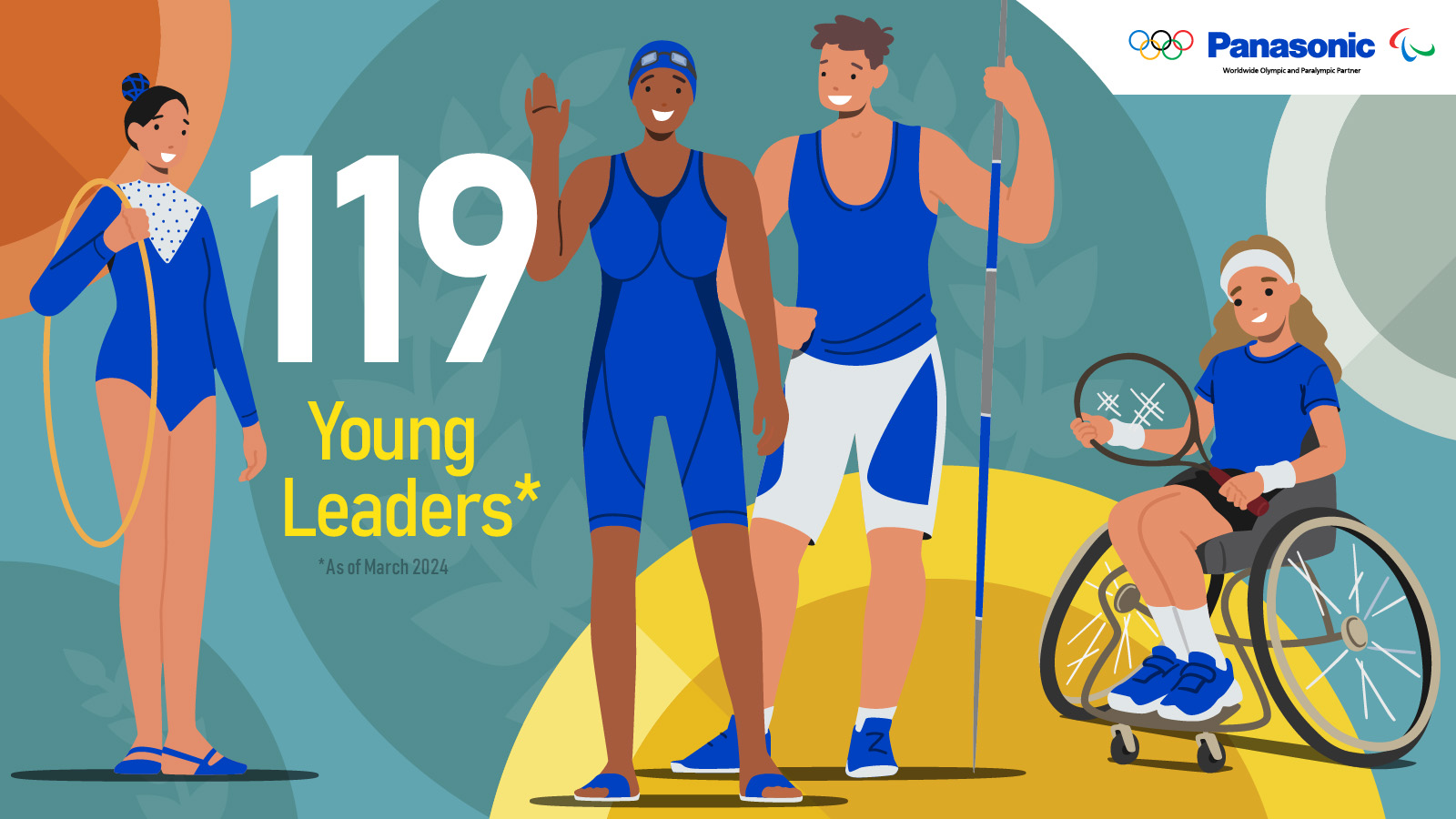
Jul 26, 2024
- Sponsorship & Events
- Feature Story
- Olympics Paralympics
- Educational Solution
- Athletes
- Diversity Equity & Inclusion (DEI)
Dec 16, 2014
Sponsorship & Events / Blog Posts
Tokyo, Japan - For 8 days from December 11th (Thurs) to 18th (Thurs), 2014, the Tokyo Skytree run by Tobu Tower Skytree (Headquarters: Sumida Ward, Tokyo; President: Masaaki Ito) will be lit by a special lighting sequence, the "3 Primary Colors of Light" developed in collaboration with Panasonic Corporation to commemorate the Nobel Prize in Physics, which will be awarded on December 10th (Wed) to 3 Japanese Nobel Laureates for the invention of blue LEDs.
The illumination of the Tokyo Skytree, entirely fitted with LEDs, has endeavored to convey the aesthetics of Japan and the history of the area as well as communal ties. It also serves as a symbol of the times. Moreover, with its energy-saving performance, it is contributing to the conservation of the global environment.
The special lighting sequence featuring 3 primary colors (red, green, and blue) has been brought to life by the birth of blue LEDs, which has contributed to the commercial viability of a wide range of LED lighting fixtures and to saving energy. The lighting sequence features these 3 primary colors, and a beautiful design that comes to life when these 3 colors interact.
Tokyo Skytree - Special Lighting Sequence
Date: December 11 (Thurs) - 18 (Thurs), 2014; 20:15 to 23:00
The Tokyo Skytree will feature Christmas lighting until 20:15
To serve as a new symbol of the times, the Tokyo Skytree selected as its only light source LED lights, which at the time of the tower's construction, was not yet widely adopted. It is equipped with 1,995 LED lighting fixtures and a LED control system that can manipulate these lights at very high speeds.
LEDs have contributed to significantly saving energy during the nightly illumination (In comparison to traditional light sources, with the "Iki" lighting style, energy savings of approximately 43% and with "Miyabi" approximately 38%*1 can be achieved.) LED technology has also brought to life a wide range of lighting sequences (22 different sequences).
The Tokyo Skytree will continue to represent Japanese aesthetics, the history of the area, as well as communal ties, and to serve as a symbol of the times. With beautiful lighting design, it will continue to live in harmony with the region and light Tokyo's evening skies with eco-friendly lighting.
The CO2 emissions for the nightly illumination is being offset against credits (J-VER)*2 Tobu Railway Co., Ltd. has acquired through its "Shinoi Mountain Forest Thinning Promotion Project" rendering the illumination's CO2 emission to virtually zero.
The Tokyo Skytree will continue to help protect the global environment.
*1: According to Panasonic Electric Works Co., Ltd. 2008 figures: A comparison between LED fixtures (clock illumination, steel frame lighting) and highly efficient ceramic metal halide lamp fixtures + filter
*2: About the offset cred (J-VER) system
This is a nationally recognized carbon offset system established by the Ministry of the Environment in 2008, which is awarded to efforts that help reduce greenhouse gases like CO2 and increase CO2 absorption rate by adopting energy-saving devices, through forest improvement initiatives, etc.
The content in this website is accurate at the time of publication but may be subject to change without notice.
Please note therefore that these documents may not always contain the most up-to-date information.
Please note that German, French and Chinese versions are machine translations, so the quality and accuracy may vary.